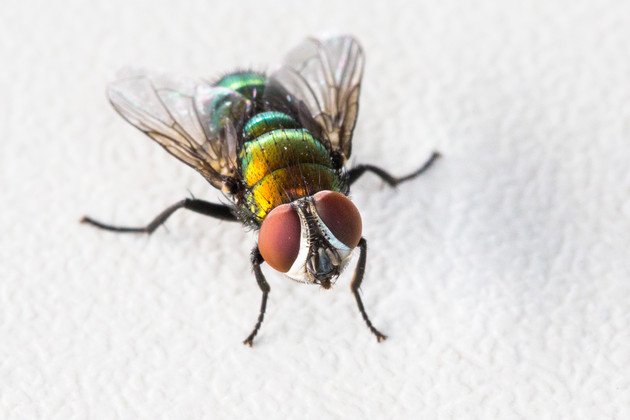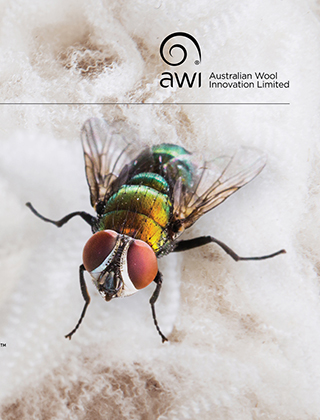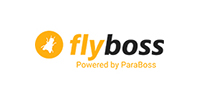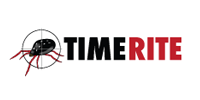AWI Flystrike Extension Program

AWI’s Flystrike Extension Program supports woolgrowers in improving the lifetime welfare of their sheep, reducing their reliance on mulesing and crutching, optimising chemical use and increasing whole farm profitability through the provision of practical information and tools and access to accredited advisor support.
AWI’s Flystrike Extension Program supports woolgrowers in improving the lifetime welfare of their sheep, reducing their reliance on mulesing and crutching, optimising chemical use and increasing whole farm profitability through the provision of practical information and tools and access to accredited advisor support.
The Flystrike Extension Program represents a long-term commitment AWI has made to assist woolgrowers in combating flystrike. AWI has invested significantly over the past 15 years in research and development projects to support woolgrowers looking to improve lifetime animal welfare, reduce their reliance on chemicals, mulesing and crutching, and breed sheep for flystrike resistance.
The Flystrike Extension Program draws on the outcomes from this investment. Along with existing information, new extension material is being developed following extensive consultation with woolgrowers, ram breeders, researchers, consultants, advisors and animal health company representatives. The new material will add to and complement the existing resources and tools available on the AWI and FlyBoss websites.
AWI’s Flystrike Extension Program is being implemented in a phased approach through six different extension initiatives.

Woolgrowers can pick and choose how they would like to get involved with the different components of the flystrike extension program. Implementation of the program commenced in 2020, with the development of just-in-time messaging delivered via It’s Fly Time™ webinars.
Prevention, monitoring and treatment all play key roles in integrated flystrike management in the lead up to, and during, high-risk flystrike periods. It’s Fly Time!™ provides a succinct introduction for woolgrowers on managing flystrike during high-risk periods; including tips for preventing flystrike, information on prioritising sheep for monitoring and treatment, and options for treating sheep when flystrike does occur.
Look out for upcoming live It’s Fly Time!™ webinars on the AWI events page, held in the lead up to, and during, high-risk flystrike periods.
There are only a small number of chemical groups registered for flystrike control, so it is important to prolong the usefulness of these chemicals for as long as possible. By implementing resistance management strategies, woolgrowers can slow the development of resistance, which will help maintain the effectiveness of the currently registered chemical products.
AWI has made available a range of resources for woolgrowers and their advisors about blowfly chemical resistance to ‘demystifly’ this complex, yet important, issue. You can access them at wool.com/demystifly.
SimpliFly™ is a one-day workshop, delivered by AWI-accredited advisors in partnership with the AWI state grower extension networks, to help woolgrowers reduce the incidence and impact of flystrike on their flocks and profits. During the workshop woolgrowers will learn about the range of tools available in their flystrike management toolbox and how to use them in combination. Throughout the day, attendees work through developing a strategic flystrike management plan and annual calendar that incorporates both short- and long-term tools specific to their property.
To find out when there is going to be a workshop near you or to register your interest in a SimpliFly™ workshop in your region, we encourage you to contact your state grower extension network and sign up to their free newsletter. For contact details and information about AWI’s state grower extension networks visit www.wool.com/networks.
The three remaining extension program initiatives – ClassiFly™, StrateFly™, and AmpliFly™, are currently under development and scheduled to be released through 2023.
ClassiFly™ is for any woolgrower that is looking to improve their understanding of what is involved in breeding sheep that are resistant to flystrike, regardless of their climate, and operating and husbandry environments. The one-day workshop is designed to increase woolgrower knowledge and skills in classing, selection and joining strategies that can help reduce reliance on chemicals, mulesing and crutching. These activities are generally the most labour intensive and costly tools so reducing reliance on these can improve productivity and profitability, along with improving the lifetime welfare of sheep. Participants will walk away with a breeding objective specific to their enterprise that incorporates traits associated with flystrike resistance, as well as information and plans for classing sheep to improve resistance and buying rams with resistant traits.
ClassiFly™ workshops will be available in 2023.
Moving to a non-mulesed enterprise is not a decision that should be taken lightly by woolgrowers, in some situations it can involve significant changes to current practices. StrateFly™ is a one-day workshop focused on building awareness of what is required if moving to a non-mulesed enterprise, including consideration of the implications of rebalancing the other tools in the flystrike management toolbox. Participants will leave the day with a whole-of-farm plan specific to their enterprise, that includes sheep selection, classing and joining strategies and chemical and physical flystrike risk management options as well as the human resource considerations.
StrateFly™ workshops will be available in 2023.
Through AmpliFly™, woolgrowers can engage AWI-trained and -accredited advisors under a fee-for-service consultancy arrangement to assist them to implement, monitor and improve their whole-of-farm plan for preventing and controlling flystrike. The AWI accreditation of advisors ensures woolgrowers will receive expert, nationally consistent, hands-on coaching and support that is tailored to their specific enterprise by their trusted advisor.
AmpliFly™ builds on woolgrower learnings from SimpliFly™, ClassiFly™ and StrateFly™ although these are not prerequisites to participation. The advisor support package is designed to be easily embedded into the suite of services that advisors offer to their clients, enhancing advisor capacity and broadening the reach of woolgrower funded research and development into reducing the impact of flystrike on Australia’s sheep flock.
AmpliFly™ will be available in 2023.
INFORMATION FOR ADVISORS
AWI has openings for industry advisors to become involved in the AWI Flystrike Extension Program. For more information contact:
Emily King
AWI National Extension Manager
emily.king@wool.com
mob: 0437 523 036
MORE INFORMATION ON FLYSTRIKE
For more detailed information on flystrike management, including access to interactive decision support tools, visit www.flyboss.com.au.
For information on AWI’s flystrike research, development and extension program, visit www.wool.com/flystrike.














